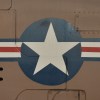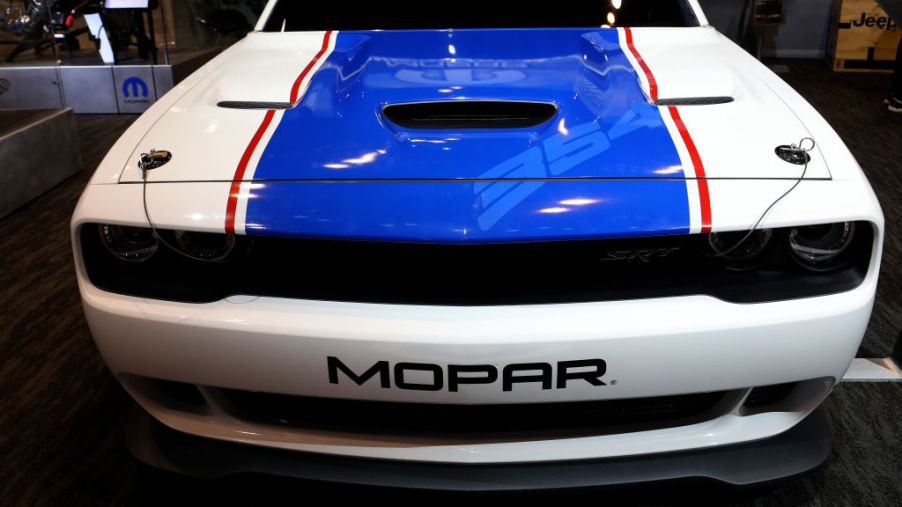
NHRA Will Add New Racing Class for 2022
The National Hot Rod Association is the major (some would say only) sanctioning body for professional and Sportsman drag racing. It has mostly stuck to its formula with Top Fuel, Funny Car, and Pro Stock as its three main car classes. But over the years for various reasons, the number of entries has fallen, while the costs have soared. Many say they’re tied together. And the times have changed. So, in an interesting move, NHRA will be adding a new class of racing it calls A/Factory Experimental, of A/FX.
A/FX morphed into the NHRA Funny Car class in the 1960s
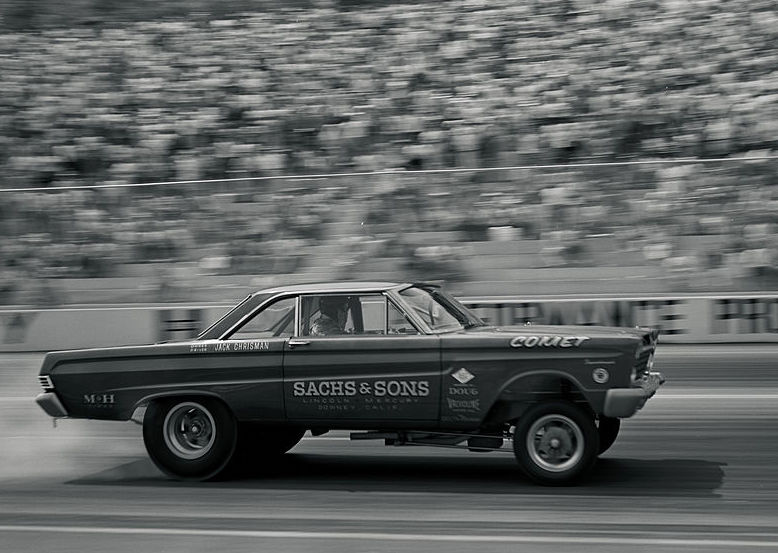
The A/FX class actually existed back in the 1960s and was the predecessor to the Funny Car classes. It was basically stock vehicles with blown Hemis, big-block Chevys, and SOHC Ford engines using nitromethane. But today, with the revival of the moniker, it is something different.
Though not officially announced, its new 2022 rules book lays out what the class will be, and what you can and can’t race. First, it is open to 2019 and up production vehicles with engines produced by its manufacturer. If you remember the new 1,000 hp Chevy crate engine announced last week at the SEMA Show, you’ll now understand the timing of its introduction.
Cobra Jets, COPO Camaros, and Challenger Drag Paks are what NHRA allows
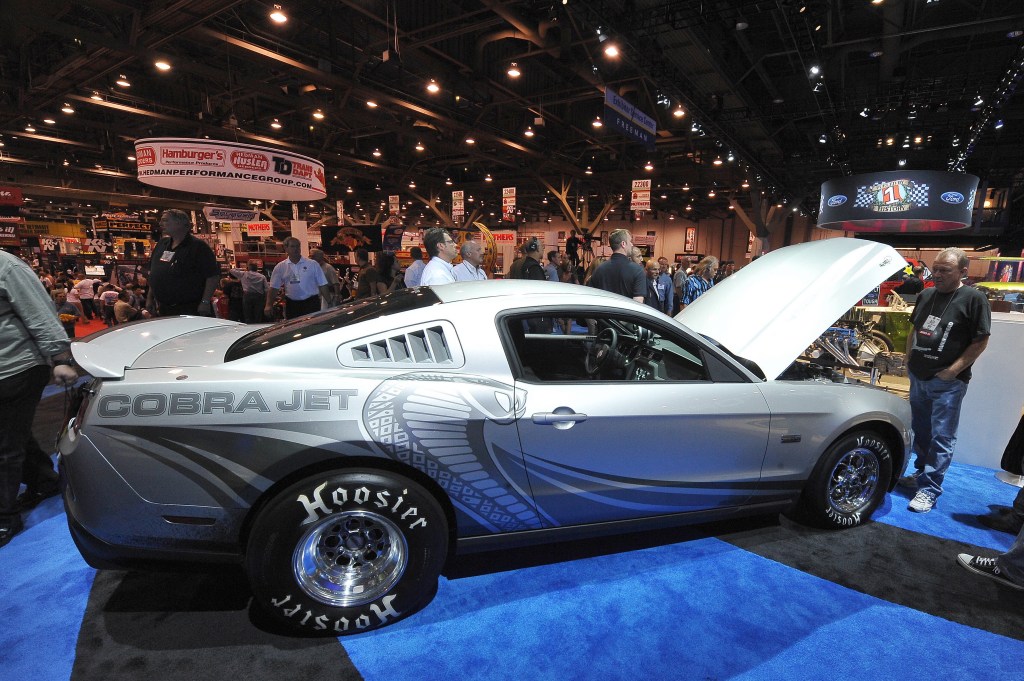
For starters, only Ford Mustang Cobra Jet, Chevy COPO Camaro, and Dodge Challenger Drag Pak models can compete. These specialty factory-produced two-doors have been racing for years, but not in a special class with these rules. They can only have a minimum weight of 2,650 lbs.
That’s almost 1,000 lbs less than how they are delivered when new. So that opens up the class to composite front clips and doors, polycarbonate windows, and using aluminum or carbon fiber inside the bodies.
The NHRA is only allowing manual transmissions for A/FX
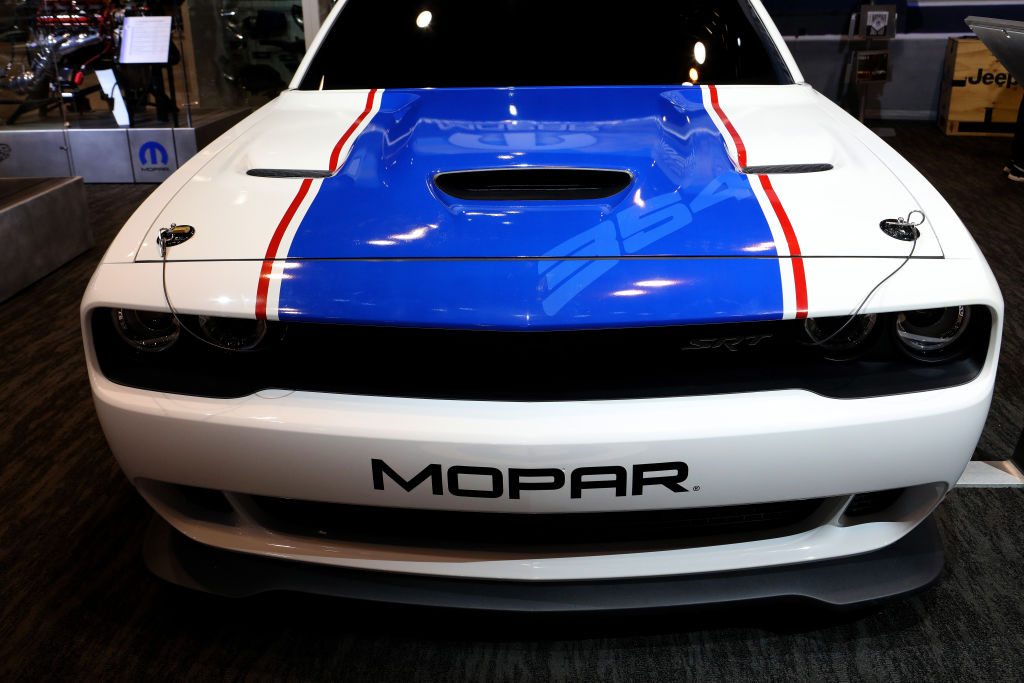
Another twist is that only manual five-speed transmissions are allowed. There can be up to three clutches, too. What we like about this is that it puts the human factor back into the racing. Automatic transmissions make for a quicker elapsed time. But the potential for missed shifts, over-revving, and the physical gymnastics that manual transmissions offer to the fans makes for lots more drama.
Tires are another change from how these factory hot rods have been raced. From nine-inches wide, they’ll grow to 10.5-inches wide for some extra traction. That will help harness some of the extra power that will be available.
Finally, the engines will now have a large degree of possibilities. Magnusson and Whipple superchargers are specifically mentioned as possible power adders. Power outputs would potentially produce between 600-650 hp without doing much more than adding the blowers.
The NHRA lists supercharged vehicles in A/FX at around 630, but that’s only a start
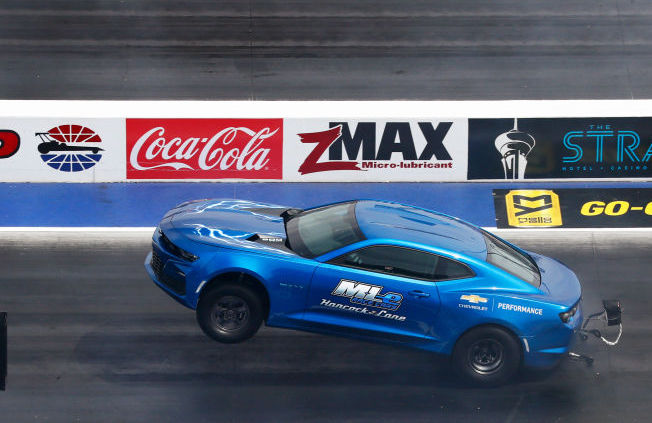
For instance, a Camaro COPO 350 with a 2.65 Magnusson supercharger nets 630 hp. A minimum amount of intake and exhaust porting is allowed. But messing with the intake manifold is not. Most other head and intake modifications are also prohibited. The same goes for cranks. O-ringing the heads or blocks is not allowed. Actually, a lot of other tricks drag racers use to eke out a bit more power are prohibited.
A welcome addition is prohibiting intake manifold covers. Pro Stock teams have a habit of hiding things under those covers. Intake manifold design is a heavily guarded secret, and they want nothing exposed. Now, with no covers, everyone should be able to visually explore what each team is, or is not, running. Being exposed is good for the fans, but also for the class.
There will also be engine setback allowed-to be determined
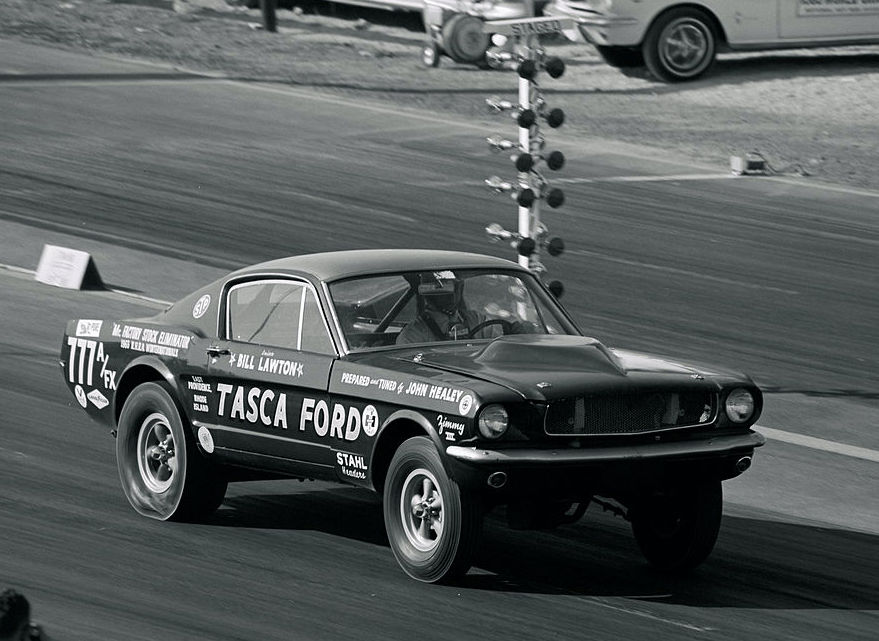
One other thing is that it looks like there will be some engine setback allowed, but the NHRA has yet to determine what it will be. With weight bias slightly to the rear, it allows for better traction and handling. There are lots of details for the class in the 2022 NHRA handbook if you’re interested.
One last thought is that as the original A/FX class of the 1960s morphed into becoming Funny Cars, there were more modification allowances by the NHRA. Yes, we know that was a long time ago. But if that repeats itself, this could be a wild class as it matures.
Even Pro Stock saw many changes to the class over the years. That’s why Dodge Colts ended up with monster motors in such tiny cars. They didn’t handle, due to their short wheelbases, but they were quite a show for the fans. That is what the NHRA really needs that has been missing: quite a show for the fans. This could do it.

